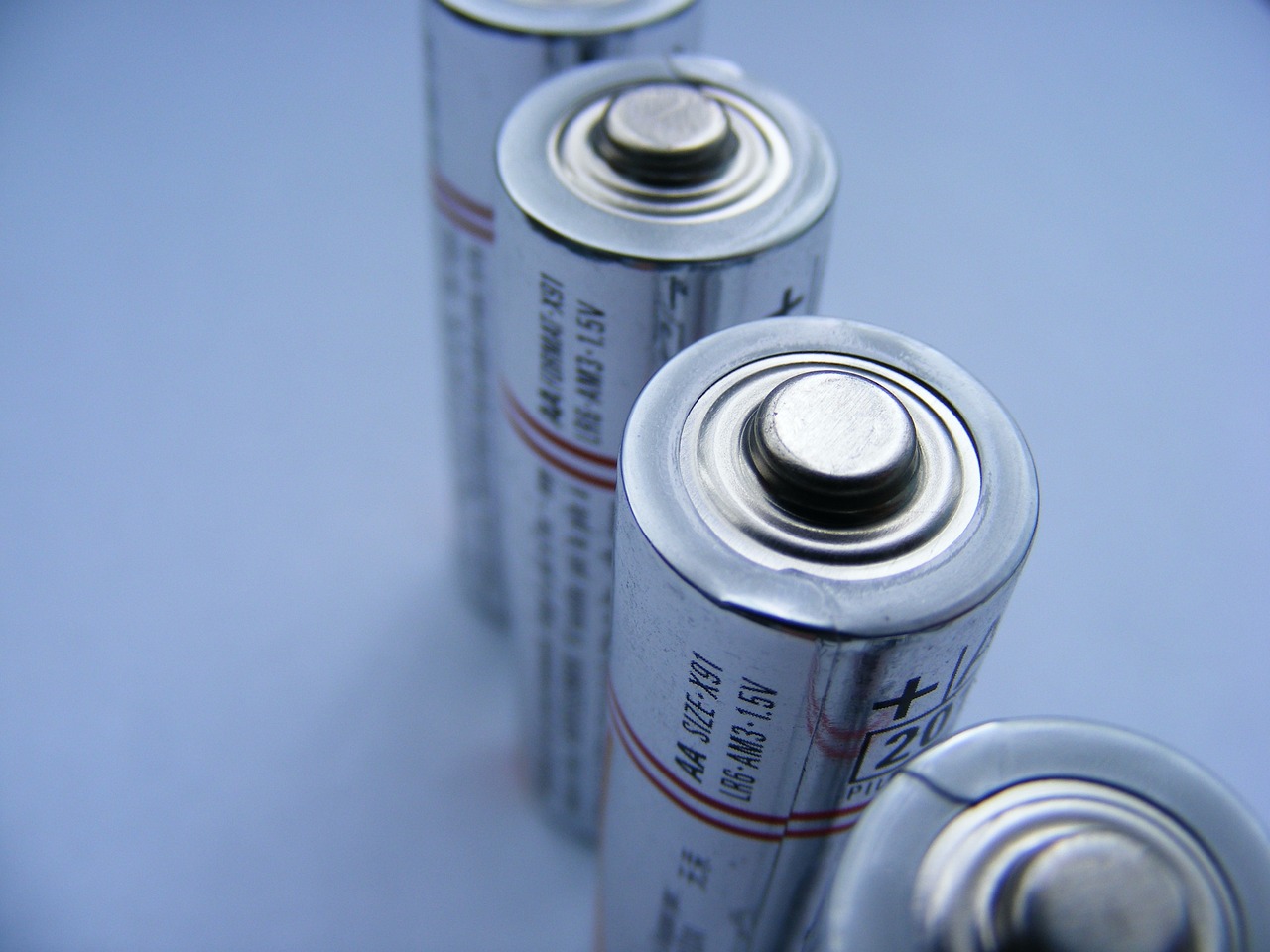This post is also available in:
 עברית (Hebrew)
עברית (Hebrew)
Hyundai Rotem, a subsidiary of South Korea’s automotive giant Hyundai, has revealed an ambitious plan for the future of military vehicles with its hydrogen-powered K3 main battle tank (MBT). Set to replace the current K-series tanks in the Republic of Korea (ROK) military, the K3 will be the world’s first hydrogen fuel cell-powered MBT when it enters service by 2040.
The K3 tank, developed in collaboration with Korea’s Agency for Defense Development and other national research institutions, is part of South Korea’s broader strategy to transition its military fleet away from traditional combustion engines. Hydrogen fuel cells will gradually replace the K-series tanks’ diesel engines, with the first prototypes using a hybrid hydrogen-diesel system.
The K3 is designed not only to be more sustainable but also to enhance the tank’s overall performance on the battlefield. The hydrogen powertrain reduces the vehicle’s heat signature, as the fuel cells produce no exhaust heat, making the K3 harder to detect by thermal imaging systems. Additionally, fuel cells generate less noise compared to traditional diesel engines, providing the tank with greater stealth and tactical advantage. This quieter operation will also improve fuel efficiency, allowing the tank to operate for longer periods without refueling.
Hyundai Rotem’s vision for the K3 goes beyond just a new power source. The next-generation tank is equipped with cutting-edge features such as autonomous driving, advanced fire control systems, and even drone support. A new 130mm smoothbore cannon, an unmanned turret, and multi-purpose anti-tank guided missiles (ATGMs) with a range of up to 8 kilometers will provide the K3 with formidable firepower. The tank will be able to engage targets from distances up to 5 kilometers, offering strong preemptive strike capabilities.
The K3 will also feature an improved crew configuration, operated by just three personnel—a driver, a commander, and a gunner—housed in a heavily armored capsule for increased protection. The tank will be equipped with advanced defensive technologies, including Directional Infrared Countermeasures (DIRCM) to thwart heat-seeking missiles and an Active Protection System (APS) to intercept incoming threats. Its low-profile design and reduced radar and infrared signatures make it exceptionally hard to detect, providing an additional layer of battlefield advantage.


























